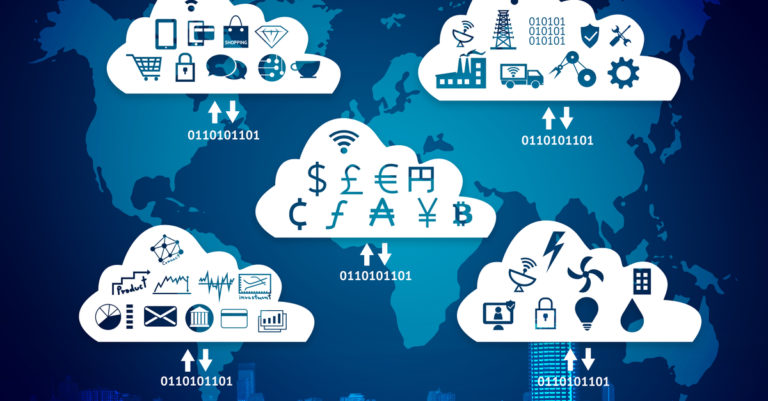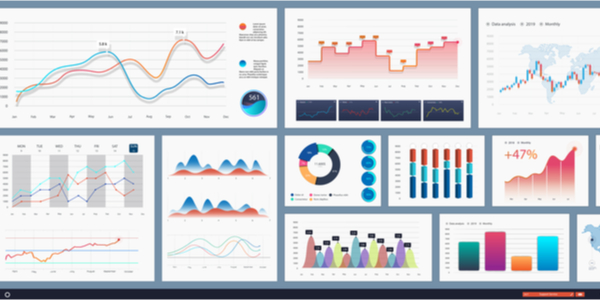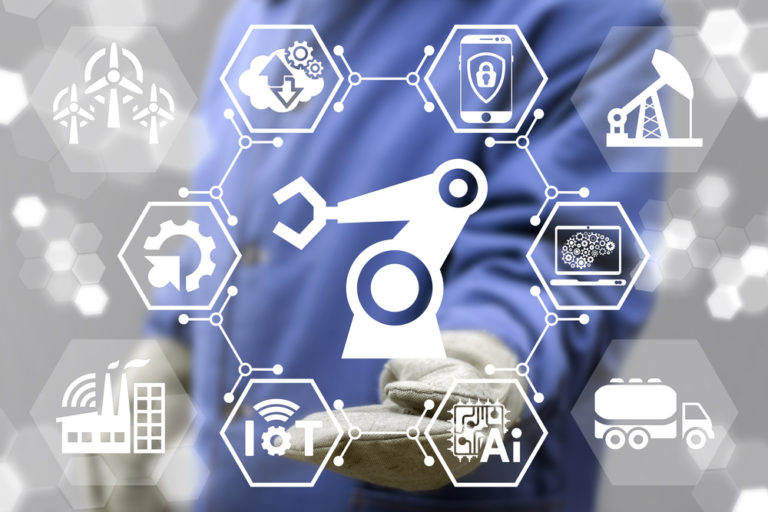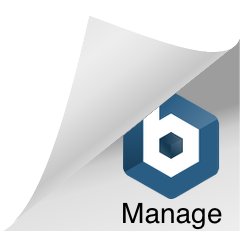Pinnacle Engineering & Technologies
Cloud Services
Advantages of Cloud Computing
Cost effectiveness and affordability . What is your need? And what about your budget? There is a difference between cost effectiveness and affordability. Cloud computing offers advantages for both. It enables you to purchase only the capacity you need, when you need it. This eliminates the ongoing expense of purchasing, housing, maintaining and managing infrastructure on site — optimizing performance without breaking your budget.
Improved agility; faster time to market. On the cloud you can provision and deploy (“spin up”) a server in minutes; purchasing and deploying the same server on premises might take weeks or months.
Greater scalability and elasticity. Scale workloads automatically — up or down — in response to business growth or surges in network traffic.
Improved reliability and business continuity. Global networks provide redundancy, data backup and disaster recovery. Automation tools make the process easier, less expensive to implement effectively, and less disruptive using cloud services than on premises servers – affording your organization more time to focus on innovation.
Flexibility. Combining cloud and on-premises resources into a single, optimized, seamlessly integrated infrastructure you can manage from a single point of control — an infrastructure in which each workload runs in the best possible location based on its specific performance, security, regulatory compliance and cost requirements

Data Visualization
How Data Visualization Helps You
The availability of inexpensive compute resources make it possible to process large amounts of data at near real time speeds. Using charts or graphs to visualize large amounts of complex data is easier than poring over spreadsheets and reports. Data visualization conveys concepts and helps identify new data patterns. “A picture is worth a thousand words.”

Data System Integration
Data Driven Decision Making
To extract business insights readily, it is critical to establish a “single source of truth” for data. This insures that decisions are made based on the same information throughout your organization.To get the real value from your data, relevant information (useful data) needs to flow seamlessly and securely between the people, processes and “things” of your entire organization.

Data System Design
Edge Computing - Connecting the Cloud to Things
Faster networking technologies, such as 5G wireless, are allowing for edge computing systems to accelerate the creation and support of real-time applications, such as video processing and analytics, self-driving cars, smart cities, artificial intelligence and robotics, to name a few. Data at the edge is collected from devices or “things”, aggregated, contextualize, and distributed to other services and applications throughout the “cloud to thing” continuum.


